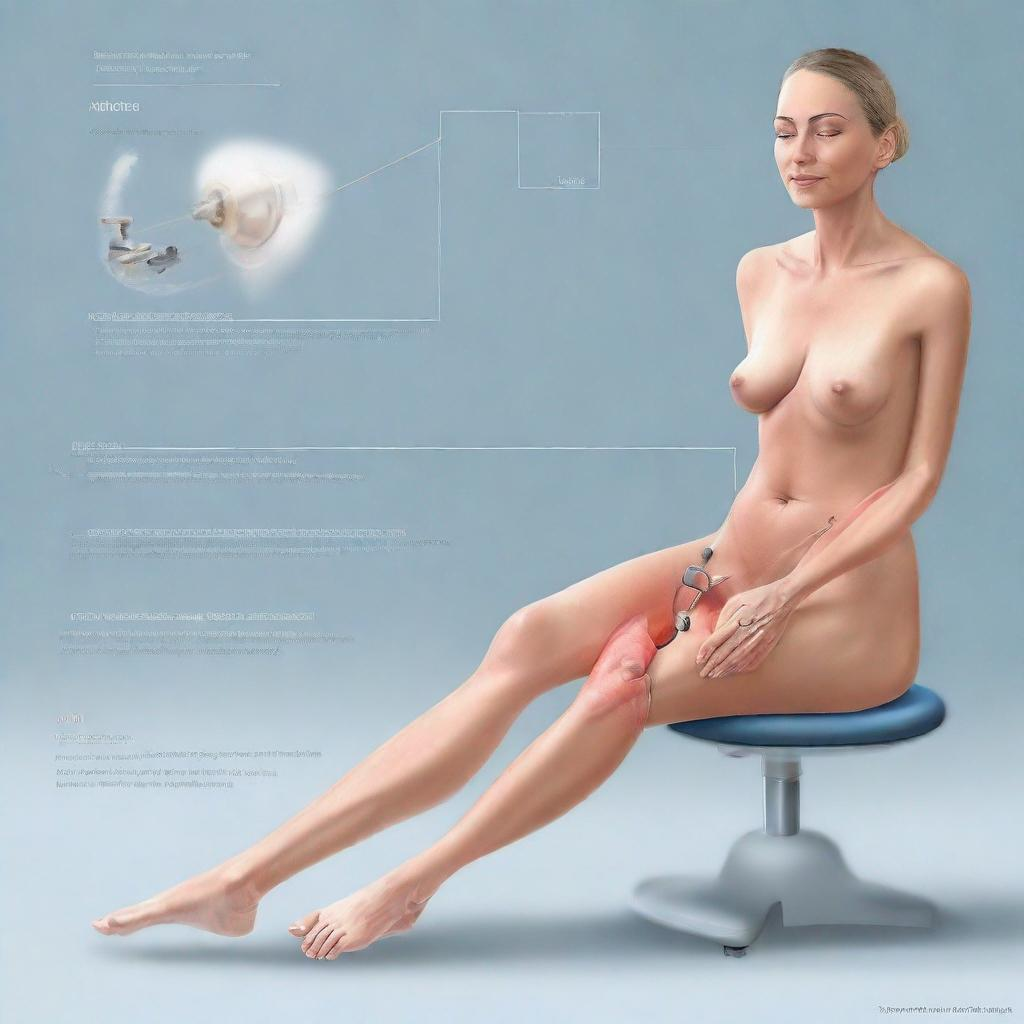## Arthroscopy: A Comprehensive Guide
### Introduction
Arthroscopy is a minimally invasive surgical procedure that allows doctors to visualize and treat the inside of a joint. It is used to diagnose and treat a wide range of joint problems.
### Procedure
Arthroscopy is performed using an arthroscope, a thin, flexible instrument with a camera and light source. The arthroscope is inserted into the joint through a small incision. The camera sends images to a monitor, allowing the doctor to examine the joint’s interior in detail.
During the procedure, the doctor may use various instruments to diagnose and treat the condition. These instruments may include:
* Graspers
* Scissors
* Shavers
* Drills
Arthroscopy can be performed on any joint, but it is most commonly used on the knee, shoulder, elbow, hip, and ankle. The procedure is typically performed under general or regional anesthesia.
### Diagnosis
Arthroscopy can be used to diagnose a wide range of joint conditions and diseases, including:
* Joint pain
* Joint stiffness
* Joint instability
* Arthritis (osteoarthritis, rheumatoid arthritis)
* Meniscus tears
* Cartilage damage
* Ligament injuries
* Tendon injuries
* Bursae inflammation
### Importance
Arthroscopy is an important diagnostic tool because it allows doctors to visualize the inside of a joint without open surgery. This information can help them confirm a diagnosis and develop an appropriate treatment plan.
### Alternatives
In some cases, other tests or procedures may be recommended instead of arthroscopy. These alternatives may include:
* X-rays
* MRI scans
* Ultrasound
* Blood tests
* Physical examination
### Preparation
Before the arthroscopy, you will be asked to:
* Fast for 8-12 hours before the procedure
* Take a shower using an antibacterial soap
* Shave the skin around the joint
* Inform your doctor about all medications you are taking
### Duration
Arthroscopy typically takes 30-60 minutes to perform. The recovery time varies depending on the procedure performed but usually takes a few days to several weeks.
### Recommendations
In some cases, arthroscopy may be followed by other tests or procedures to confirm or further treat the diagnosis. These may include:
* Physical therapy
* Injections
* Medication
* Surgery
### Conclusion
Arthroscopy is a valuable diagnostic and therapeutic tool for a wide range of joint conditions. It is a minimally invasive procedure that allows doctors to visualize and treat the inside of a joint without open surgery. If you are experiencing joint pain or other symptoms, talk to your doctor to see if arthroscopy may be right for you.



